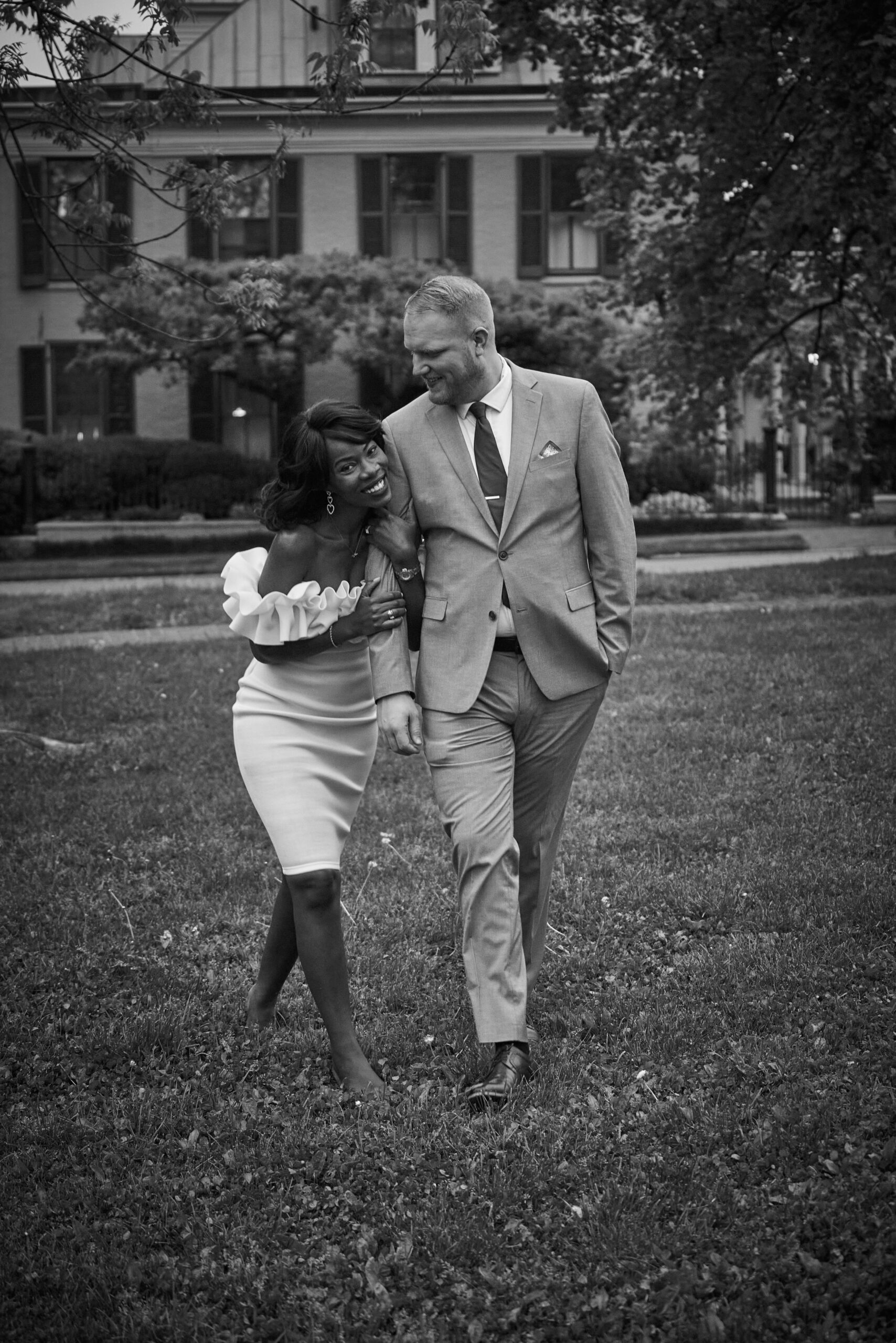For many couples around the world, marrying a Canadian citizen or permanent resident opens up the possibility of putting down roots and building a future together in Canada. Obtaining permanent residency through the country’s spousal sponsorship program is one of the most direct pathways to Canadian immigration for married or common-law partners.
Advertisements
In this comprehensive guide, we’ll explore every step of the sponsorship application process using guidance from Canadim’s website on sponsoring your spouse or common-law partner. From determining eligibility to submitting all required documentation, navigating sponsorship to Canada doesn’t have to be complicated with the right information.
Let’s begin with understanding the core relationship types and eligibility criteria.
Eligibility Requirements
The first consideration is determining which sponsorship category applies to your relationship – spouse, common-law, or conjugal partner.
Advertisements
Spouse:
You must be legally married to your sponsoring partner.
Common-law Partner:
You and your sponsoring partner must have cohabitated in a conjugal relationship for at least 12 consecutive months to be considered common-law.
Advertisements
Conjugal Partner:
For relationships that have not met the cohabitation period due to circumstances like family emergencies, you need evidence of a ongoing genuine relationship for at least one year.
Once the appropriate designation is identified, here are the general eligibility criteria to receive sponsorship:
- Your sponsor must be a Canadian citizen or permanent resident living in Canada.
- The relationship with your sponsoring spouse/partner must be genuine and continuing.
- You and your sponsor intend to live together long-term in Canada upon approval.
- You cannot already hold Canadian citizenship or permanent residency status yourself.
- Your sponsor must demonstrate the ability to financially support you through meeting the minimum income requirement.
So in summary – a valid relationship, genuine commitment, financial self-sufficiency, and intent to permanently reside together in Canada are key. With eligibility confirmed, the sponsorship application journey can begin.
The Sponsorship Process
Under the spousal sponsorship program, there are typically two main application classes – Outland and Inland sponsorship.
Outland (Family Class) sponsorship is appropriate if you currently reside outside of Canada. Inland sponsorship applies when you and your sponsoring partner currently reside together legally in Canada.
The process involves the sponsor first submitting an evaluation application to prove their eligibility. Then they file the sponsorship application including your details. Concurrently, you submit your own permanent residence application.
Finally, your sponsor signs a legally binding sponsorship undertaking to provide financial support for at least 3 years after your landing in Canada.
Let’s examine each core step in more depth:
-
Sponsorship Evaluation
This initial form requires the sponsor to demonstrate eligibility factors like sufficient income above low-income cut-offs, good character with no bankruptcy issues, and the willingness to financially support you.
-
Sponsorship Application
Once approved, the sponsor applies on your behalf including comprehensive background info, relationship proof, and declarations of support. You’ll sign this digitally as well.
-
Permanent Residence Application
While sponsorship processes, you can apply independently for permanent residency filling out extensive assessment forms and providing documents.
-
Sponsorship Undertaking
As the final piece, your sponsor legally promises in writing to fulfill sponsorship obligations of financial backing and care.
Proper documentation is imperative throughout. The entire application journey typically takes 12-18 months with approval allowing you to become a permanent resident. Let’s explore requirements in more depth.
Key Documentation
When building a sponsorship case, gathering specific documentation types is essential. For married couples, this includes:
- Marriage certificate
- Wedding photos and invitations
- Joint finances/assets proof like shared bank accounts
- Address records showing you live together
- Family photos throughout your relationship
Common-law applicants need the above plus evidence like:
- Joint utility bills and lease agreements
- Insurance naming each other as beneficiaries
- Bank statements and tax returns from the same address
- Letters from friends/family confirming your partnership
Conjugal relationships require strong proof of emotional commitment:
- Shared finances and assets where possible
- Joint planning like wills and medical directives
- Letters of support from social circles
- Any hardship preventing cohabitation
Supplemental letters of explanation can aid complex situations lacking traditional evidence. Overall, thoroughly documenting your relationship’s authenticity and commitment is key.
Sponsorship Undertaking
The undertaking – the final sponsorship application component – requires the sponsor to pledge to provide basic care support like food and housing for 3 years without relying on Canadian social services. While an income minimum is not explicitly required, sponsors need to demonstrate self-sufficiency and the ability to financially support their partner realistically.
Medical Exams and Police Clearances
All applicants near the end of the process must undergo medical examinations confirming good health with no likelihood of dangerous/costly illnesses. You’ll also require police clearances from any place lived over 6 months since age 18 showing clean background checks.
When ready, applications are submitted with comprehensive forms, documents, and processing fees which average about $1,200 total. From here, it’s a waiting game as IRCC thoroughly assesses each case which takes approximately 12-18 months on average.
Post-Approval Permanent Residency
If approved, you’ve been granted permanent resident status in Canada! You’ll receive a formal approval letter with instructions on the next steps. Within 30 days, you’ll need to undergo biometrics like fingerprints and photographing.
The final step is either entering Canada as a permanent resident if you were approved from abroad, or adjusting your status if already inland. This triggers new permanent resident travel documents and your status becoming formally integrated into Canadian society.
Now while granted residency, your sponsor still has legal responsibilities that last until your third-year anniversary including:
- Not allowing you to rely on social assistance for basic needs
- Communicating promptly about sponsorship obligation changes
- Repaying costs to provincial/territorial authorities if assistance received
Following approval, continue fostering your genuine relationship with care, honesty, and respect for the responsibilities sponsorship upholds. Enjoy building your new life together in your home country of Canada!
The sponsorship program offers an important means for loved ones to be together legitimately in Canada. Navigating the process takes diligence but with the right information and guidance, gaining residency through marriage is very achievable.
I hope this extensive overview of how to obtain permanent residency through sponsorship proved informative. If you have any other questions, consulting directly with an authorized Canadian immigration representative can help strategize the best approach for your unique situation. Wishing you the very best as your immigration journey continues!
In Closing
To summarize key takeaways, determining eligibility by relationship category and fulfilling documentation requirements thoroughly are paramount to a successful spousal sponsorship application. While the average processing time is 12-18 months, proper preparation upfront saves troubles down the line.
Most importantly, present your case truthfully showing a genuine commitment between partners. Immigration authorities aim to maintain integrity in the system – so honesty, transparency, and completeness in applications serve you and your sponsor well.
With strategic guidance from experts and diligent organization of relevant proof, gaining permanent residency through marriage to a Canadian becomes very achievable. The spousal sponsorship program represents an important family reunification stream for partners to build their future together lawfully in this great country.
I hope this extensive overview provided valuable insights into navigating the marriage route to Canadian permanent residency. Consulting directly with a regulated representative can help maximize chances of approval tailored to your exact situation. Best of luck in your immigration journey – with proper preparation, sponsored residency through a loving partnership is well within reach.
Advertisements


